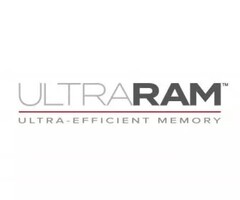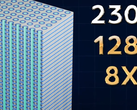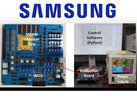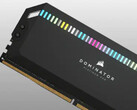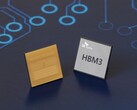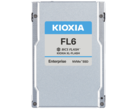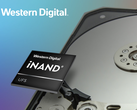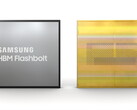We have seen quite a few technologies that promised to unify RAM and storage over the past couple of decades, but none had the expected impact, except maybe for Intel’s Optane memory, which is still not as fast as current DDR solutions. Researchers from the Lancaster University in UK have been working on a new type of memory called UltraRAM for some years now, which also promises to unify RAM and storage. Now, thanks to a recent breakthrough, UltraRAM appears to be very close to mass production on silicon, so we may actually see this type of memory available on the market in just a few years.
The latest published paper on UltraRAM describes the technology as combining “the non-volatility of a data storage memory, like flash, with the speed, energy-efficiency, and endurance of a working memory, like DRAM." UltraRAM is built using compound semiconductors that are usually utilized for LEDs, lasers and infrared sensors. Scientists successfully tested silicon-based UltraRAM, which is now faster than the previous Gallium Arsenide iteration.
Some of the benefits brought on by UltraRAM include increased data integrity and durability of at least 1,000 years, fast switching speed and program-erase cycling endurance "one hundred to one thousand times better than flash," plus DRAM-like performance. UltraRAM thus pushes for the adoption of in-memory processing advocated by memory producers like Samsung, and the technology could power all types of computers, from desktop PCs to smartphones.
Scientists are currently working to improve the quality, fabrication process and scalability of the UltraRAM technology in order to ensure relatively low mass production costs. If this type of memory does indeed make it to the market, it will no doubt be more expensive than DDR solutions. Its success hinges on this premium over traditional memory, so 2x or 3x the price of a 1 TB Intel Optane storage solution could be the sweet spot.




